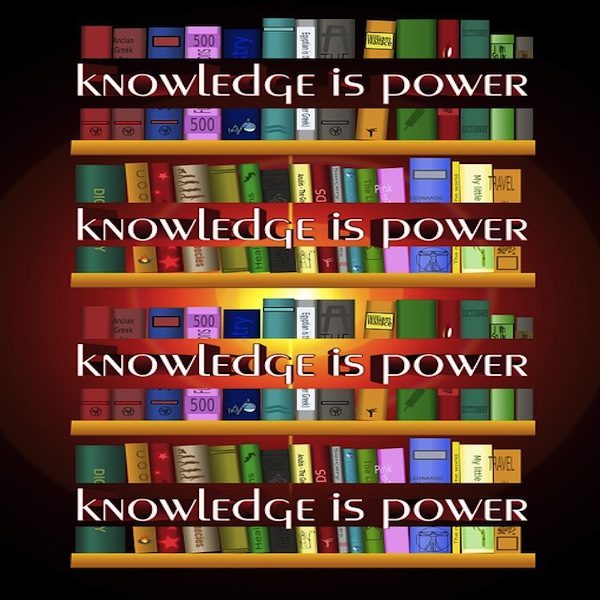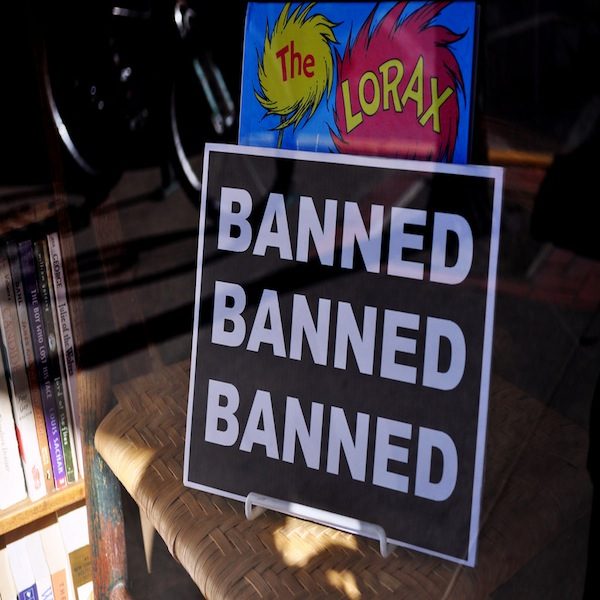Banned books week has become a ritual for librarians, booksellers, book lovers, bloggers and publishers alike. This is a week of celebrating those books which are repeatedly (or newly) called “dangerous” or deemed unfit by certain members of society (generally the more conservative side are those calling for a ban). It has turned into a festivity that welcomes many different voices, and takes a look at why books are called upon to be banned, and has turned something “dangerous” into a reason to celebrate by reading. Those who work or volunteer in the literary fields know the power of literature and the need to make sure voices are heard on all sides, thus this week is looked at as a harbinger of freedom, with book banning being compared to tyrannical limitations of a person’s’ freedom, book lovers unite under the flag of many voices.
Rather than going over the list of books that have been banned, and what they represent, which will definitely be covered this week, the question that remains is why do those who want those books to be censored want them censored? What does that say about the society that they want to maintain?
The ALA, the organization that champions Banned Books Week, in the 90’s started putting together a database filled with the title of the books often challenged and why they were challenged. Much of the reasoning fell around sex, drugs or language, as the leading motivation for the person requesting a ban. A lot of times, these complaints would revolve around children’s books or young adult literature, though not always. While these are certainly common reasons today, the list has grown ever more expansive since the 90’s in an unfortunate way.
In recent times, books are still labeled as inflammatory by some because of sex, drugs and language but go on to include many books that are written with diversity in mind; issues dealing with: LGBTQ, people of color and racism, a belief in (or lack of belief in) a specific god, and more that affects certain groups of people. Rather than, rightly or wrongly, targeting a specific tone or language of a book, censors are now going after anything that does not fit into his or her vision of the world, effectively creating only a homogenous set of criteria based on what the censors want to see created. It comes with a much more social and political angle, rather than a mere dispute with scenes depicted. As one who is not for banning books at all, the more recent attempts certainly depict an even more heinous act of trying to limit people’s ability to encounter other perspectives and writing on the world.

Source: Pixabay
Though the number of books banned appear to be on the decline, there is speculation among some at ALA and elsewhere that many books are being banned and not tallied or told to them. Though this is speculation, its importance lies in the potential complicity of schools, libraries, and booksellers in taking books off the shelf. Though the director of the ALA Office for Intellectual Freedom notes that banning books only helps the sales of that book, thus by banning it, you are generally doing the opposite.
What banned books will you be reading this year? Make sure to check out the ALA website for all information on banned books.
YouTube Channel: Banned Books Week
Featured image via Denver Library
h/t Time




